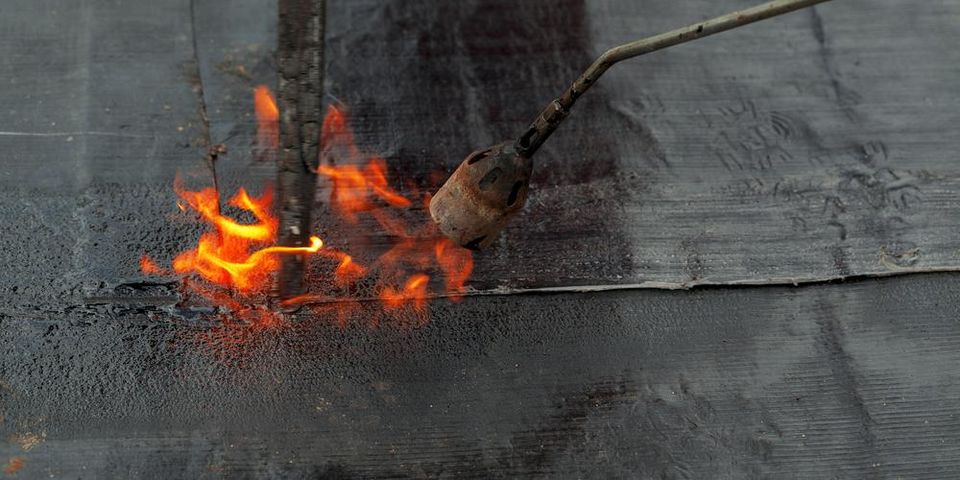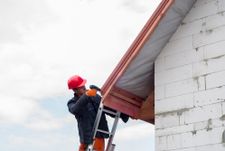
A roof protects your home from the elements. However, some roofs do better than others when it comes to resisting fire. The level of resistance and protection depends on a number of factors, including the materials used and any added fire retardant aggregates. Here is what to consider when choosing a roofing system or determining the level of protection offered by your current roof.
How to Determine a Roof’s Fire Protection
Resistant Material
Several popular types of roofing materials are available, and the type has a major impact on the level of fire protection your roof provides. For example, slate and clay are more resistant to fire than shaker wood shingles or asphalt. KEE is a popular roofing system that provides extensive fire protection. Additionally, the protective layer placed under the shingles can be made of a fire resistant material like PVC.
Additional Aggregates
 Even if you choose a less fireproof type of roofing system, like tar, gravel, modified bitumen, EPDM, or BUR, aggregate materials that provide extra protection are available. However, many of the roofing systems that require additional aggregates to grant fire resistance can only do so at an extra cost. Those materials need to be added and maintained over time to keep that protection in place. Factor in those extra costs when deciding on how to fireproof the roof.
Even if you choose a less fireproof type of roofing system, like tar, gravel, modified bitumen, EPDM, or BUR, aggregate materials that provide extra protection are available. However, many of the roofing systems that require additional aggregates to grant fire resistance can only do so at an extra cost. Those materials need to be added and maintained over time to keep that protection in place. Factor in those extra costs when deciding on how to fireproof the roof.
If you want to invest in fireproofing your roof or having a new one installed, the professionals at Al Rezentes Roofing in Kailua, HI, can help. Servicing the entire island of Oahu, these contractors have more than 30 years of experience providing roof repair and installation to home and business owners. Call (808) 230-8005 to discuss your project, or visit the company online to learn more about their services.
About the Business
Have a question? Ask the experts!
Send your question

